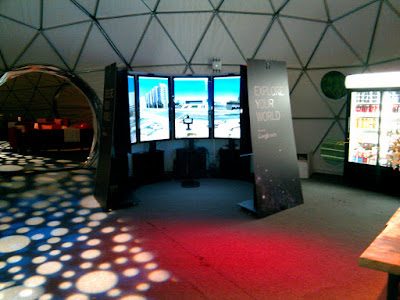Immune System (picture taken from Medicues)
In every organism, there is a system that play important role in protecting the body from all kind of intruders such as viruses, worms and pathogens. In simpler organisms, especially unicellular organisms like bacteria, the protection is performed by enzymatic systems that shielding them against viral infections. In eukaryotes, such as insects, a basic immune mechanism is found which include antimicrobial peptides that works pretty well to keep the organisms safe from unfamiliar components of the systems. More complex organisms including human, on the other hand, posses more complicated mechanisms to protect them against these intruders. In general, this system, called immune system, releases a group of machinery cells, antibody, that tackles infections from the intruders by fusing themselves with these unnecessary components as they mobilize in the bloodstream. By doing this, the intruders may not affecting or harming any process in the body.
In recent study, a group of researchers, lead by Dr. Leo James at the Laboratory for Molecular Biology in Cambridge, found that there is a possibility for the antibodies in immune system can work within the cells, instead of produced and take action in the bloodstream. This study showed that antibodies are not only preventing viruses from harming cells, but also can move after the viruses in the cells and perform an immunity attack from the inside. This may contradict to what has been long believed by most scientists that there is low chance for the immune components to take action when the viruses had already entering the cells.
Dr. James and co-workers showed that once the virus has entered to a cell, antibodies may suddenly attract a protein, TRIM21, to call a large cluster of proteins called proteasome. The proteasome works similar to a disposal machine where, upon called, this group of proteins will docked to TRIM21 and disassemble the virus. This process is very quick, usually before the virus has a chance to take any harmful action in the cell (for more information, go to Guardian website and this work has been published in Proceeding of the National Academic of Sciences). Therefore, this may open a new insight in drug discovery and most importantly, it is very crucial to always keep the body health in good condition as the strength of immune system is always depends on it.







